Have you ever searched for "all soice" and wondered what it is? The truth is, "all soice" is not a real culinary term - it's a common misspelling of "allspice." In this guide, we'll clarify this confusion and teach you everything you need to know about allspice, a single spice with a complex flavor profile that enhances countless dishes.
Table of Contents
- What is "All Soice"? The Truth About This Spelling Mistake
- Allspice Basics: What It Is and Where It Comes From
- Allspice Flavor Profile: Cinnamon, Nutmeg, and Clove Combined
- How to Use Allspice in Your Cooking
- Allspice Storage Tips for Maximum Freshness
- What to Use if You Don't Have Allspice
- Frequently Asked Questions About Allspice and "All Soice"
- Conclusion: Mastering Allspice for Perfect Seasoning
What is "All Soice"? The Truth About This Spelling Mistake

You may have encountered the term "all soice" while searching online for spices. However, this is not a real culinary term - it's a common misspelling of "allspice." The confusion likely comes from the similarity in sound between "all soice" and "all spice," but the correct spelling is "allspice" (one word).
Allspice is a single spice derived from the dried berries of the Pimenta dioica plant, native to the Caribbean and Central America. Despite its name suggesting it's a blend of multiple spices, it's actually one distinct spice with a flavor profile that resembles a combination of cinnamon, nutmeg, and cloves.
Allspice Basics: What It Is and Where It Comes From
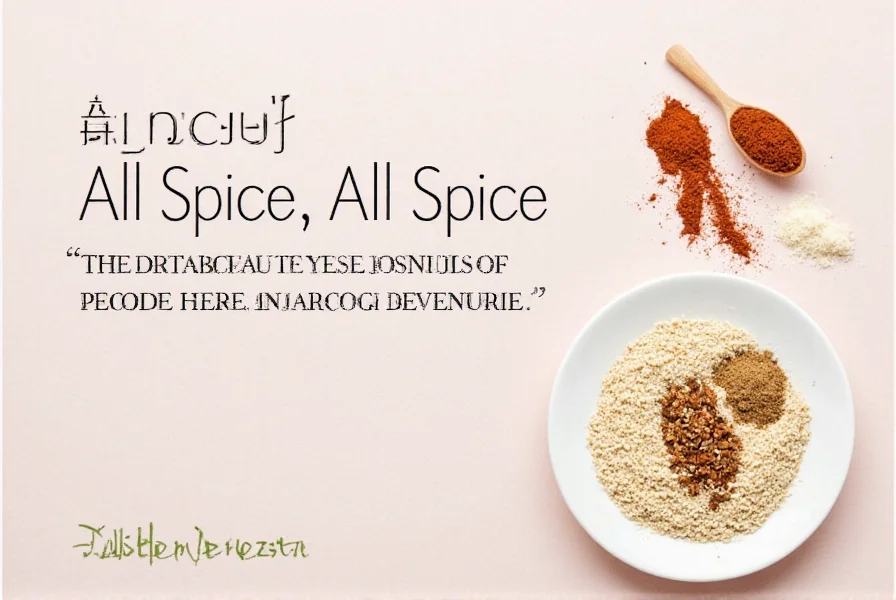
Allspice comes from the dried berries of the Pimenta dioica tree, which is native to Jamaica, Mexico, and Central America. The berries are harvested when green and then dried in the sun until they turn brown.
Here are some key facts about allspice:
- It's also known as "Jamaican pepper" or "pimento"
- It's used whole or ground in cooking
- It has a warm, sweet, and slightly peppery flavor
- It's a key ingredient in Caribbean jerk seasoning and many Middle Eastern dishes
Allspice Flavor Profile: Cinnamon, Nutmeg, and Clove Combined
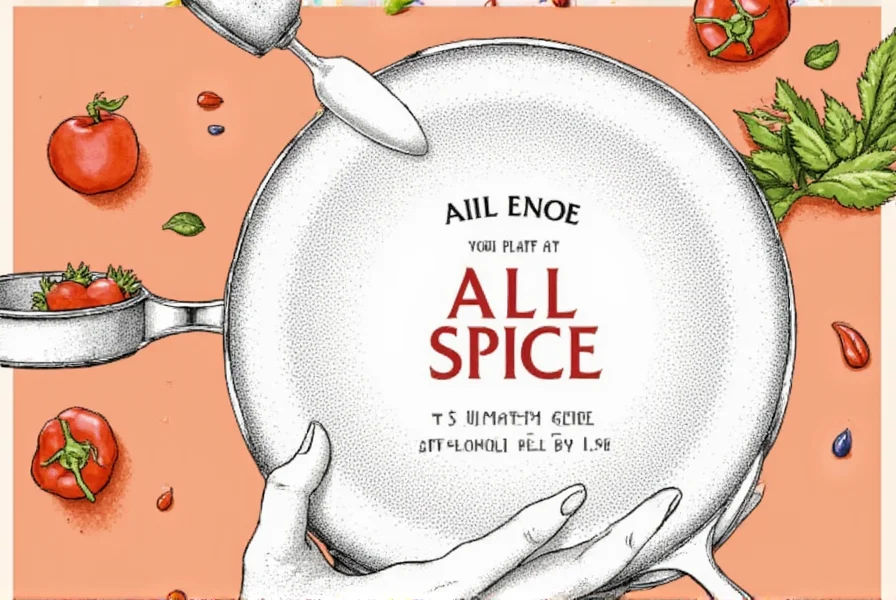
| Flavor Component | How It Manifests in Allspice | Common Uses |
|---|---|---|
| Cinnamon-like | Warm, sweet notes | Baking, desserts, spiced drinks |
| Nutmeg-like | Earthy, slightly sweet | Soups, stews, meat rubs |
| Clove-like | Pungent, slightly bitter | Pickling, marinades, sauces |
How to Use Allspice in Your Cooking
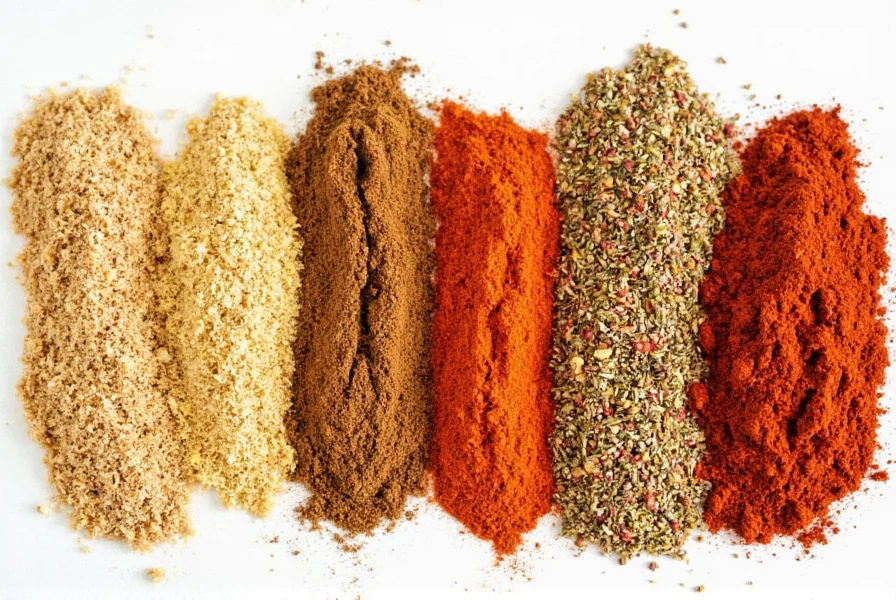
Allspice is incredibly versatile and can be used in both sweet and savory dishes. Here are some common ways to use it:
- Meat rubs and marinades: Essential for Jamaican jerk seasoning, and great for pork, chicken, and beef
- Baking: Perfect for gingerbread, pumpkin pie, spice cakes, and cookies
- Soups and stews: Adds depth to chili, beef stew, and tomato-based sauces
- Pickling: A key ingredient in pickling spices for cucumbers, beets, and other vegetables
- Spiced drinks: Adds warmth to mulled wine, hot chocolate, and chai tea
Remember: Start with small amounts (1/4 to 1/2 teaspoon) as allspice has a potent flavor that can easily overpower a dish.
Allspice Storage Tips for Maximum Freshness
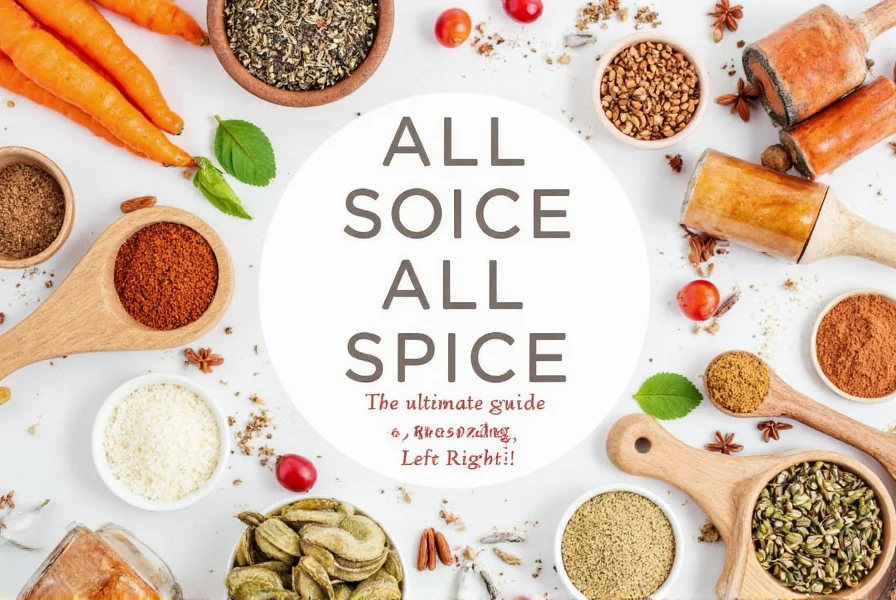
To keep your allspice fresh and flavorful:
- Store in airtight containers: Use glass jars with tight-fitting lids to protect from moisture and air
- Keep away from heat and light: Store in a cool, dark pantry or cupboard (not near the stove)
- Whole vs. ground: Whole allspice berries retain freshness longer (3-4 years) than ground allspice (1-2 years)
- Grind as needed: For maximum flavor, grind whole berries just before use
- Test freshness: Rub a small amount between your fingers - if the aroma is weak, it's time to replace it
What to Use if You Don't Have Allspice
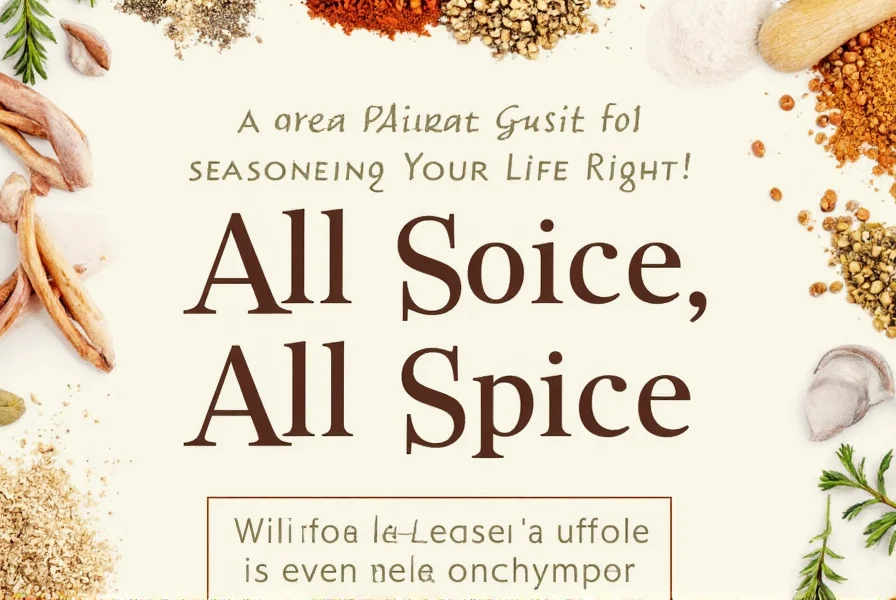
If you're out of allspice, you can create a substitute using these common spices:
| Substitute | Ratio | Best For |
|---|---|---|
| Cinnamon + Nutmeg + Cloves | 1/2 tsp cinnamon, 1/4 tsp nutmeg, 1/4 tsp cloves per 1 tsp allspice | Baking, desserts, and most savory dishes |
| Nutmeg + Cloves | 1/2 tsp nutmeg, 1/2 tsp cloves per 1 tsp allspice | Savory dishes where cinnamon flavor isn't desired |
| Five Spice Powder | 1 tsp five spice powder per 1 tsp allspice | Asian-inspired dishes |
Frequently Asked Questions About Allspice and "All Soice"
Here are answers to common questions about allspice and the "all soice" confusion:
What is "all soice" and is it a real culinary term?
"All soice" is not a real culinary term - it's a common misspelling of "allspice." The correct spelling is "allspice" (one word), which refers to a single spice derived from the dried berries of the Pimenta dioica plant.
Why is it called "allspice" if it's not a blend of spices?
It's called "allspice" because its flavor profile resembles a combination of cinnamon, nutmeg, and cloves. The name was given by European explorers who thought it tasted like "all" the spices they knew.
How should I use allspice in my cooking?
Allspice is versatile! Use it in: marinades and rubs for meats (especially pork and chicken), pickling spices, baking (gingerbread, pumpkin pie, spice cakes), Caribbean jerk seasoning, and stews and hearty soups. Start with small amounts (1/4 to 1/2 teaspoon) as its flavor is potent, and adjust to taste.
What spices can I use if I don't have allspice?
If you're out of allspice, you can create a substitute with: 1/2 teaspoon cinnamon, 1/4 teaspoon nutmeg, and 1/4 teaspoon cloves. This blend won't be identical but will provide a similar flavor profile for most recipes.
Does allspice go bad, and how should I store it?
Allspice doesn't technically "go bad" but loses potency over time. Ground allspice retains best quality for 1-2 years, while whole allspice berries stay fresh for 3-4 years. Store in an airtight container away from heat, light, and moisture. To test if it's still potent, rub a small amount between your fingers - if the aroma is weak, it's time to replace it.
Conclusion: Mastering Allspice for Perfect Seasoning

Now you know the truth about "all soice" - it's simply a misspelling of the real spice allspice. This single spice, with its unique flavor profile resembling cinnamon, nutmeg, and cloves combined, is a versatile ingredient that can elevate countless dishes from sweet desserts to savory meat rubs.
Remember: always use the correct spelling "allspice" when searching for this spice, and store it properly to maintain its potent flavor. With these tips, you'll be able to confidently use allspice in your cooking and avoid the confusion of "all soice" once and for all.
Happy cooking, and may your dishes always be perfectly seasoned!

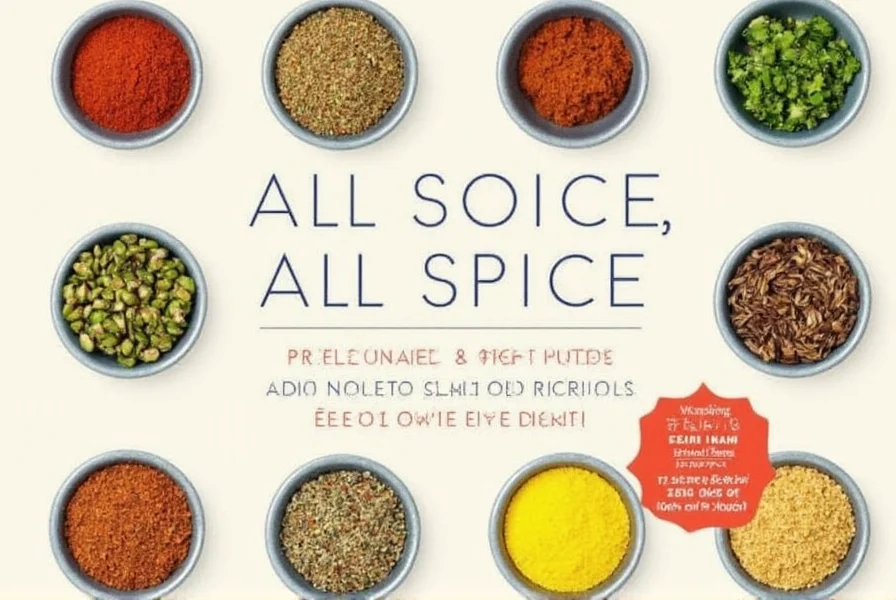









 浙公网安备
33010002000092号
浙公网安备
33010002000092号 浙B2-20120091-4
浙B2-20120091-4